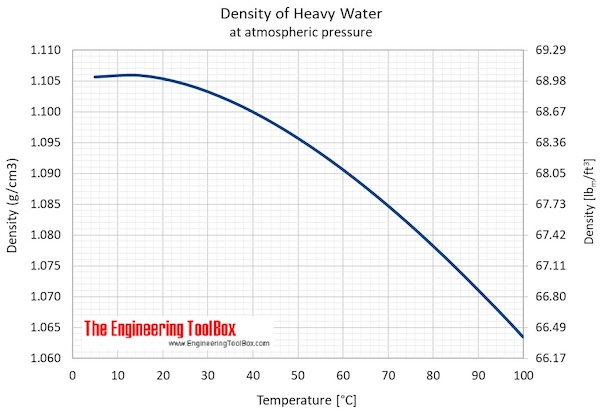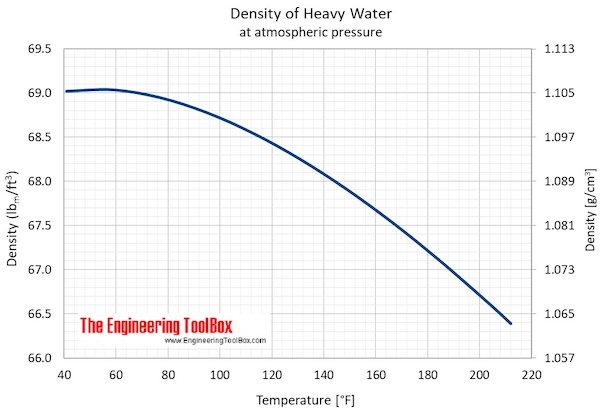

Viscosity example boundary layer Kinematic Viscosity Pictured here is one of many instances of a velocity profile, which is found in a boundary layer, for example, in which the wing is represented by the current flow of air: The shear or dynamic viscosity or viscosity is usually acquired with a speed profile experiment. Let’s get into the types in brief! Dynamic Viscosity
The symbol of Kinematic viscosity as η,. In totality, we can say there are three types of viscosity,īefore discussing all types of viscosity, let’s see the symbol first. However, relying on waft physics distinctive viscosities play corresponding essential roles. The maximum usually used withinside the area of fluid dynamics is shear or dynamic viscosity. Poisesulle’s Law is the name given to this concept today, and it is employed in a variety of formulas and equations. For example, he discovered from this experiment that a liquid’s velocity depends on viscosity, provided that the tube’s length and diameter are constant. John-Louis-Marie Poiseuille discovered viscosity in 1829 by testing the flow of liquids through a variety of thin tubes of varying sizes and shapes. John-Louis-Marie Poiseuille and Gotthilf Hagen were the three men who molded viscosity into what it is today. The discovery of viscosity is remarkable in that it was made three times independently by three distinct scientists, which makes it particularly interesting.Įach of these experts discovered principles that have been combined to aid scientists today build new experiments and calculations. There are several applications for the viscosity law including inkjet printing, protein formulations, and injections, as well as food and beverage processing.įor this blog only let’s get into a greater aspect of what Viscosity actually is! History of Viscosity. Also, gases have a viscosity, but one that is tougher to detect under normal conditions. A fluid’s ability to move increases as its viscosity decreases (fluidity). Honey has a higher viscosity than water, hence water is “thin.” Honey is thick. When used in daily language, viscosity refers to “thickness” or internal friction. As a result of its molecular constitution, a fluid with low viscosity moves easily. When fluid has a high viscosity, its molecular structure creates a lot of friction within the fluid, making it difficult to move. It’s a term used to describe the friction that occurs within a moving fluid.  A fluid’s viscosity is a measure of its resistance to movement or evaporation. In another way, viscosity is defined as, the ratio of fluid’s resistance to fluid flow. Viscosity is defined as a measure of a liquid or gas’s resistance to flowing or changing shape. Viscosity term came from the Latin word “viscum” and the meaning of “viscum” is viscous glue, basically a sticky thing. The more internal friction a liquid or gas has, the more viscosity it has, and the less it moves. A high quantity of intermolecular friction causes a liquid or gas to be viscous. When a raindrop goes quicker, it is the one with the least viscosity (or resistance), which is why it wins. We’ve all seen two raindrops racing down a windshield, which is an example of viscosity in action. Water (low viscosity) and honey come to mind (high viscosity), In the case of fluids of differing densities, however, this definition can be a bit perplexing. Often, viscosity is referred to as a fluid’s thickness. Viscosity is a concept that is used not only in chemistry but also in physics and engineering. heat transfer medium in heat exchangers,. In most processes or industries, we have seen the various use of fluids, like, Processing materials relies heavily on fluid flow. Let’s try to understand the basics of viscosity. Let’s explore! What is Viscosity? Definition, Meaning Viscosity Basics In this article, we will learn what is viscosity, its type like kinematic viscosity, dynamic viscosity, value for water, air, oil, different formula, etc.
A fluid’s viscosity is a measure of its resistance to movement or evaporation. In another way, viscosity is defined as, the ratio of fluid’s resistance to fluid flow. Viscosity is defined as a measure of a liquid or gas’s resistance to flowing or changing shape. Viscosity term came from the Latin word “viscum” and the meaning of “viscum” is viscous glue, basically a sticky thing. The more internal friction a liquid or gas has, the more viscosity it has, and the less it moves. A high quantity of intermolecular friction causes a liquid or gas to be viscous. When a raindrop goes quicker, it is the one with the least viscosity (or resistance), which is why it wins. We’ve all seen two raindrops racing down a windshield, which is an example of viscosity in action. Water (low viscosity) and honey come to mind (high viscosity), In the case of fluids of differing densities, however, this definition can be a bit perplexing. Often, viscosity is referred to as a fluid’s thickness. Viscosity is a concept that is used not only in chemistry but also in physics and engineering. heat transfer medium in heat exchangers,. In most processes or industries, we have seen the various use of fluids, like, Processing materials relies heavily on fluid flow. Let’s try to understand the basics of viscosity. Let’s explore! What is Viscosity? Definition, Meaning Viscosity Basics In this article, we will learn what is viscosity, its type like kinematic viscosity, dynamic viscosity, value for water, air, oil, different formula, etc.






 0 kommentar(er)
0 kommentar(er)
